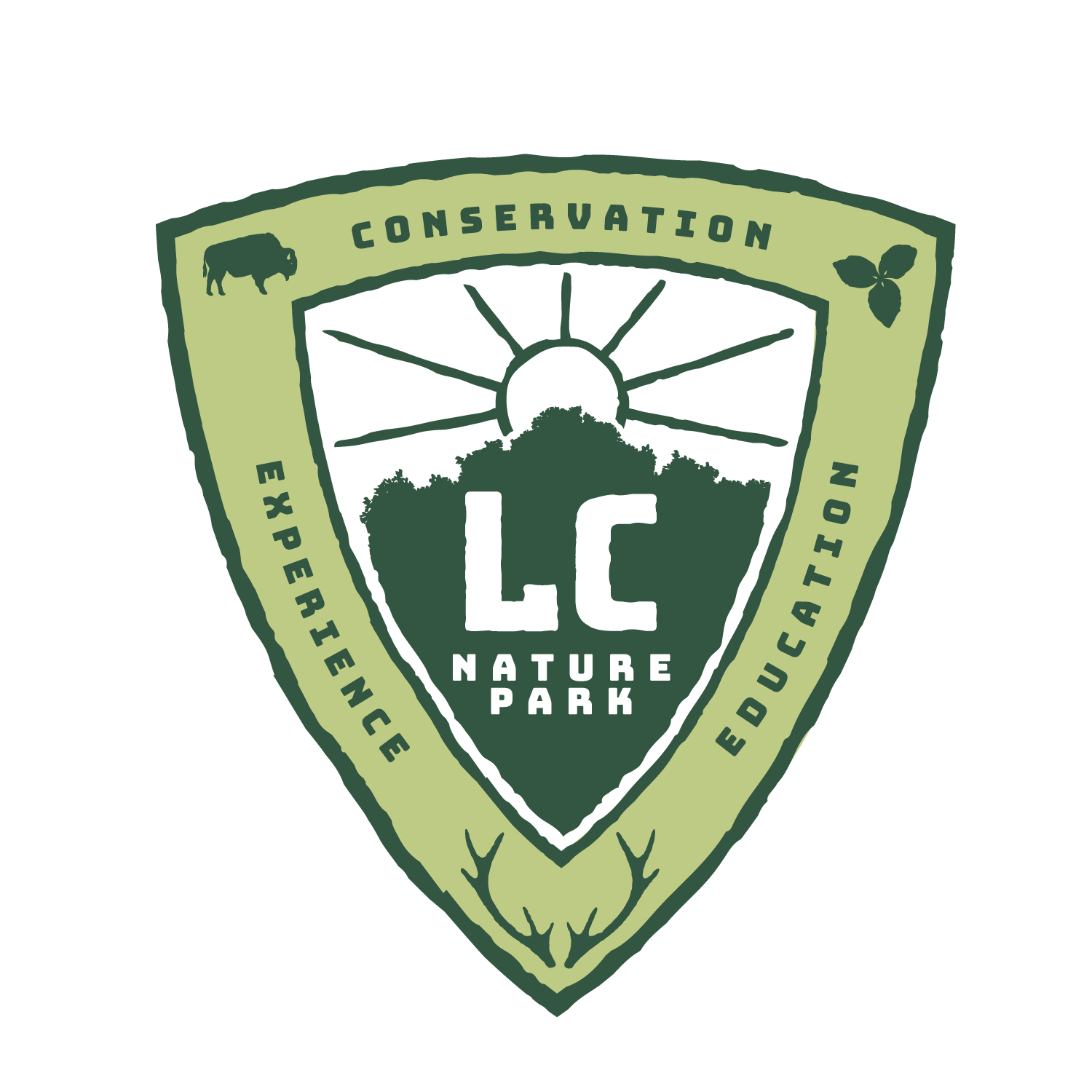Raptors
Overview
In this program, we will explore the characteristics that make raptors unique.
We also look at what differentiates them from other animals and other birds.
Objectives
To be able to look at different characteristics as a means to identify a raptor species.
To be able to discuss how raptors are important to the environment and to humans.
Vocabulary
Monogamous
Talon
Characteristic
Beak
Carnivore
Background
Raptors, as birds, are warm-blooded, egg-laying vertebrates distinguished by having feathers, wings, beaks, and the ability to fly. There are a great number of raptor species and they all share some common characteristics.
Hooked Beak
Strong Feet with Sharp Talons
Excellent Eyesight and Hearing
Carnivore (meat eaters)
Monogamous
Raptors are a vitally important part of the ecosystem and play an integral role within both the food chain and ecosystem. Raptors also act as important agents of biological controls as well as bioindicators, which bring about knowledge regarding the health of the environment.
Program Outline
Students will first spend time walking through the Education Center observing the displays.
Students will then make their way to the amphitheater for a brief introduction to the activities for the day, review the expectations for the Park and program, and information about the program will be provided.
We will then go for a hike and look for raptors in the Park so we can observe them in their natural environment.
We will look for a place where we can observe them without disturbing them and have a conversation about some of their specific characteristics/adaptations and how those characteristics help them survive.
Activities: Owl Pellet Dissection and Bird Olympics to see how we compare to raptors in flying, eating, and running.
